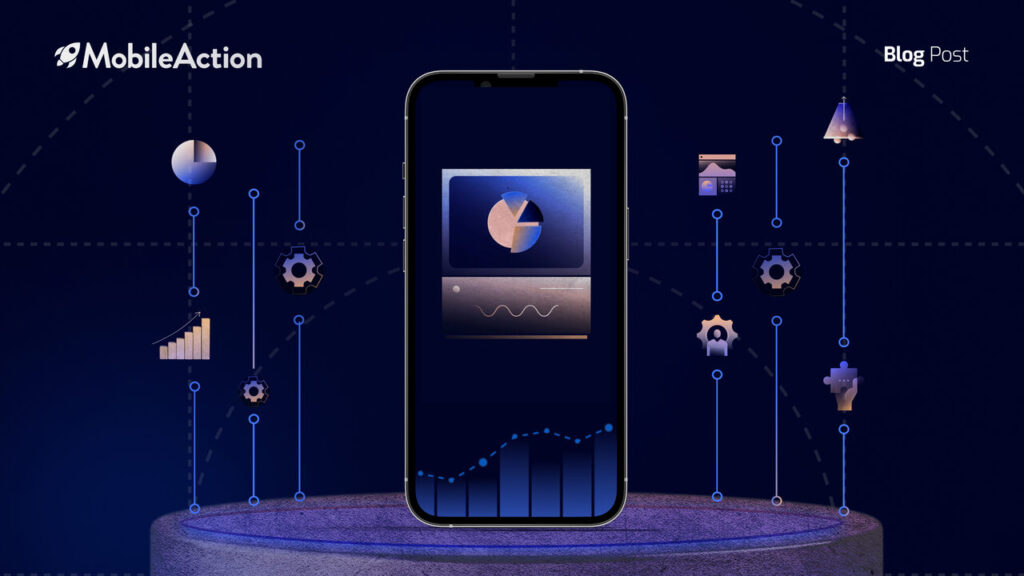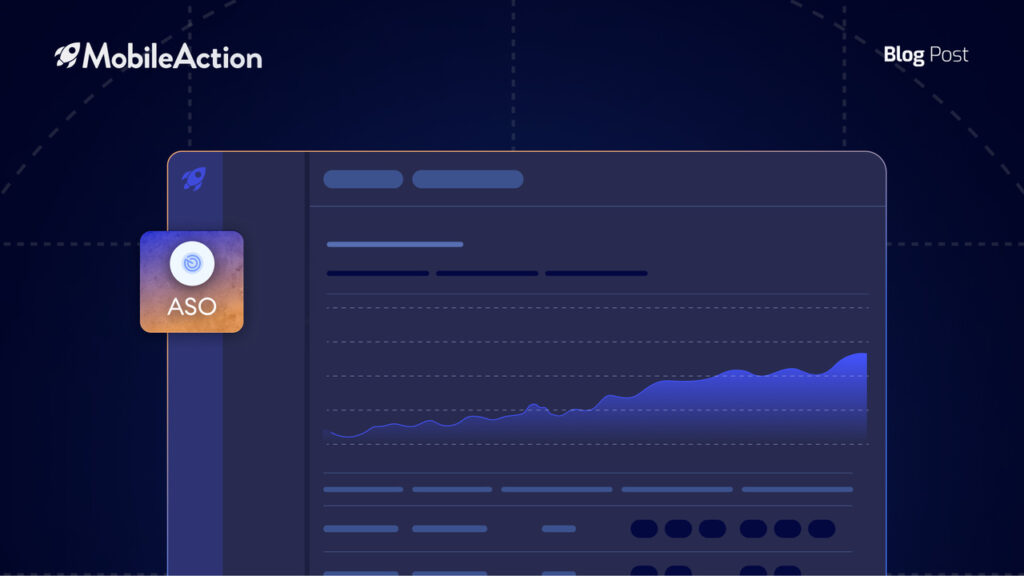The number of people using mobile health apps doubled between 2014 and 2015. This growth can be attributed to wearables becoming more accessible, and to people using mobile devices more than desktops.
But this hasn’t resulted in fewer people joining health clubs, with substantial growth shown between 2009 (soon after both the Apple and Google app stores launched) and 2015.
…and this trend is growing into 2017.
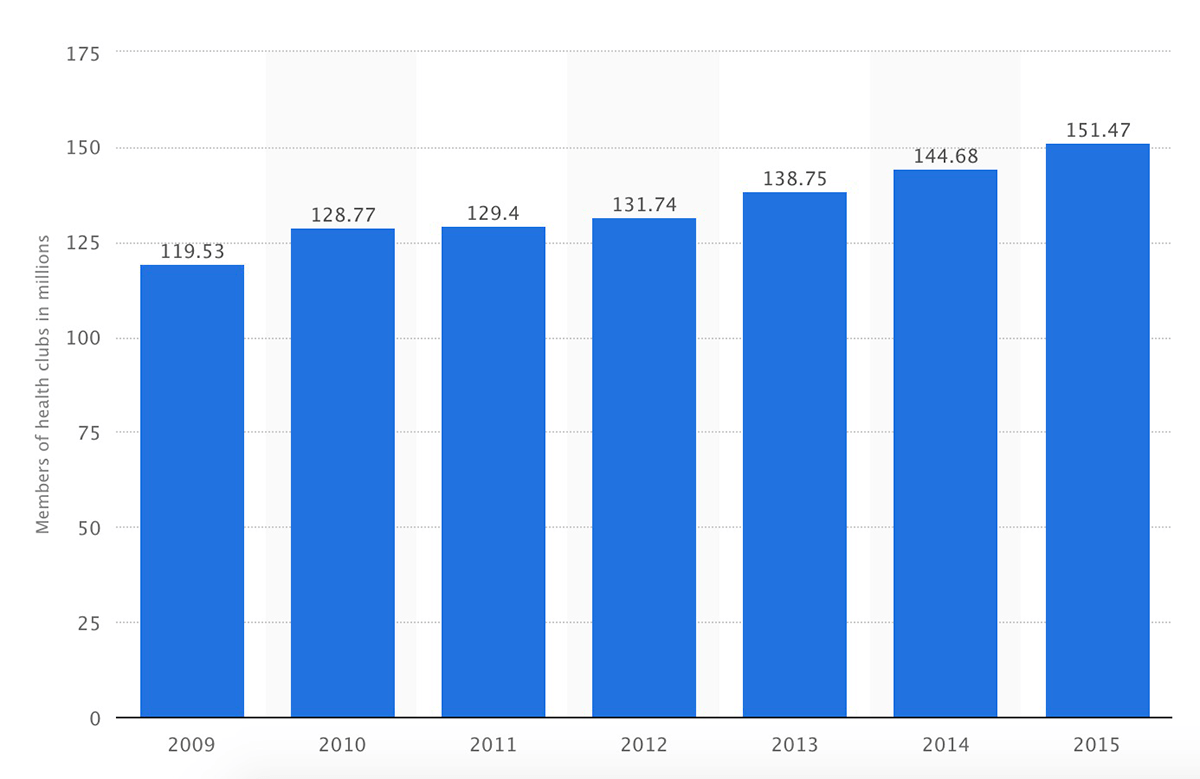
Image source: Statista
What this means for owners of gyms and health clubs is that you shouldn’t be banking your future growth on traditional marketing and your website.
Mobile is the future, but it is also the now.
How an App Can Help Your Gym
Push Notifications
Arguably one of the biggest benefits of a mobile app is that it makes it possible for you to engage directly with your customers. PureGym recognized this and started asking members to set an attendance goal.
Each visit to any of their gyms registers in their CRM system, and members are sent reminders if their attendance starts slipping.

Image Source: Thought Shift
PureGym sends reminders via email, but by integrating your CRM with your mobile app you would be able to send reminders via push notification.
And with push notifications you benefit not only from higher engagement rates, but also better open rates.
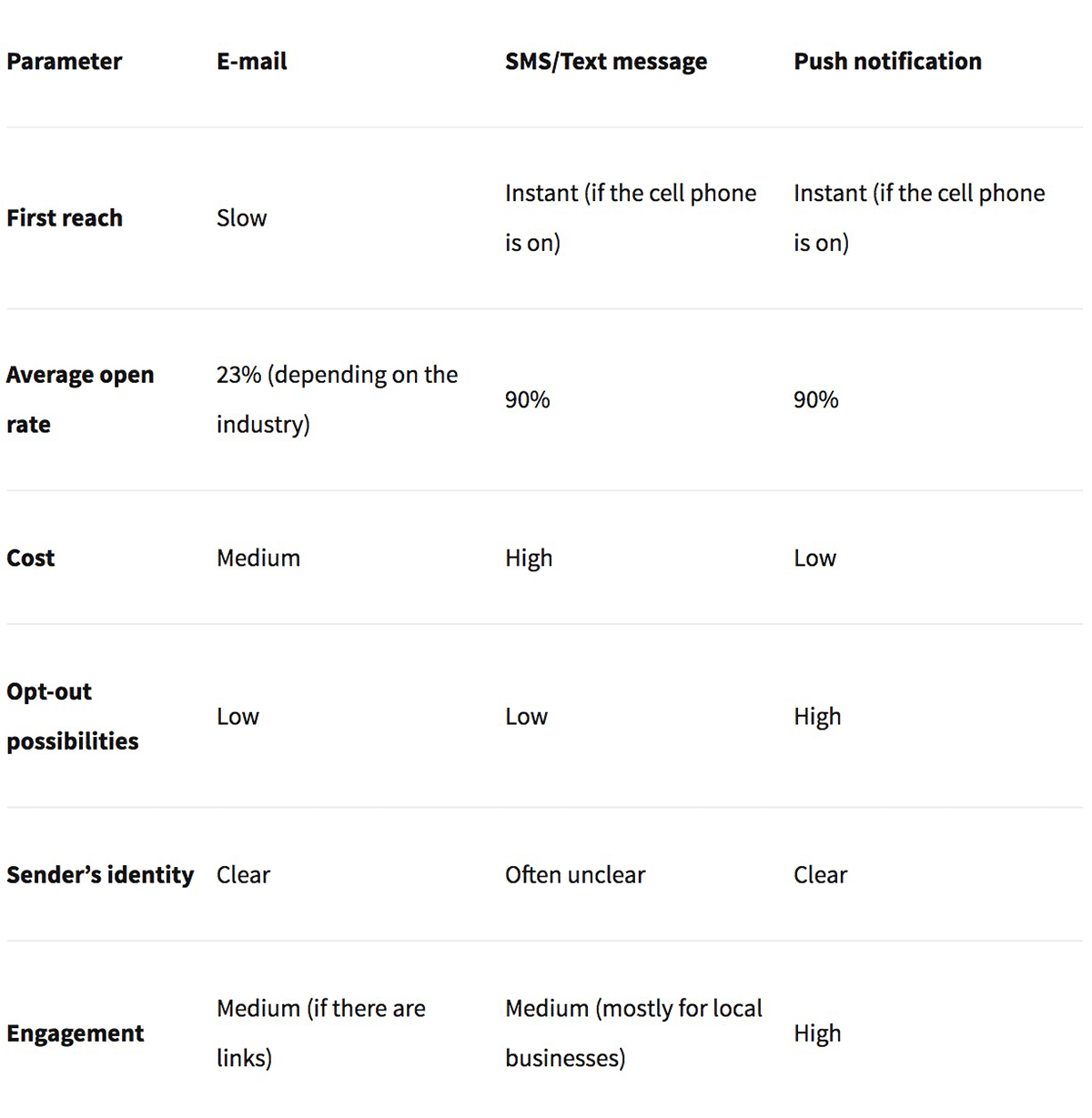
Source: PushChamp
Push notifications are also a great delivery method for announcements, special offers, and reminders.
But remember that overuse of notifications is annoying; only send them out during business hours, and limit yourself to no more than three in a week.
Onboarding
Managing new gym members is a breeze with a mobile app. Instead of having an employee spend time walking each new member through the facilities and explaining the house rules, an onboarding section of your app can include videos that take care of this.
Include video content demonstrating the correct usage of all gym equipment, but keep them short, with each video focusing only on one apparatus.
Videos are a great way to communicate and educate, but they are even better suited to being used in mobile apps. Unlike videos on your website, videos in your app can be accessed faster.
Class Management
Like your website, you can include a rotating schedule of upcoming fitness classes in your app. Date, time and location should always be included, but linking this to a booking system will extend the usefulness.
Members can easily book space in any upcoming classes without having to call or visit the gym first.
Member Retention
Earlier I wrote about PureGym’s use of push notifications to nudge members when their attendance drops. It’s a great strategy to follow for customer retention, but it isn’t the only one.
Implementing a loyalty program won’t only boost retention, but also attendance. And running it through your mobile app eliminates the need for loyalty cards and complicated enrollment forms.
Incentives could be in the form of discounted monthly membership fees, based on how many times the member visited the gym in the previous month.
Developing a Mobile App for Your Gym
Developing your own mobile app is a lot simpler than it was just after the launch of the Apple and Google app stores. And depending on your approach, it is also a lot more affordable.
The three primary options are:
Agencies
App development agencies are not the cheapest option. But they work independently, and need very little input from you.
Freelance Developers
Sites like Upwork and LinkedIn ProFinder make it easy to find and connect with professional developers. Freelance developers don’t have the same resources as development agencies, so they may depend on you to provide some input.
Online App Builders
Using an online app builder requires very little technical skill, but a lot more of your time. However, for an extra fee, many app builders will take care of the grunt work for you.
Using an online app builder makes it easy to assemble a mobile app, but you still need to provide the content and graphics. If this is not your forte, consider using freelance designers and copywriters to take care of this before you do the rest using the app builder.
That way you are still assured of ending up with a polished and professional looking app.
Start Small and Grow With Your Audience
There are many features a mobile app can include, and each offers a different set of benefits. At the same time, some features need more work than others.
Instead of trying to cram your app full of features that work half as well as they should, start with only two or three polished features. New features can be added later without too much difficulty.
But only add features that can benefit your gym and your members.
App Store Optimization
App store optimisation (ASO) is about making your app more discoverable in the relevant app stores, and about marketing your app.
Discoverability is influenced by the following:
App Name
Your app name is your business name, because that is how people look for you. But you are limited to 50 characters on the iOS app store, and 30 characters on Google.
Differentiate yourself from any existing apps with a similar name by including gym, health, wellness or fitness, much like Peak Health & Wellness Club had to do.
Although the app stores frown on the use of keywords in the app name, they shouldn’t have an issue with it used as a differentiator.
Keywords
Read up on effective keyword research for the app store, but remember that you aren’t only competing against other gyms and fitness centers. You are also competing against health and fitness apps in general.
App Description
When reading up on keyword research you would have learned that Google doesn’t provide space for a keyword list.
Instead, keywords are pulled directly from your app description, so you need to ensure that your app description clearly explains the app and its features, while also naturally including your identified keywords.
The marketing aspect of ASO is about how well you ‘sell’ your app in the relevant app stores.
Factors influencing this are:
App Icon
Avoid simply using your logo without considering how well it scales. Depending on device, the dimensions of app icons can vary from 29px up to 1024px.
Your app – and brand – should stand out at any size, and against any background. Minimize text use in your app icon too, for the same reason.
Screenshots
Screenshots of your app are every bit as important as a powerful description. You can add up to five screenshots, but make sure they feature different parts of your app, and that they are clear.
App Description
This influences both discoverability and marketing. Your app description must include your identified keywords, but it must also sell your app.
Clearly state what the app can do, who it is aimed at, and what the key features are. The description for the Planet Fitness app uses a light, casual tone, but still manages to list important features of the app.
Promoting Your App
You aren’t going to benefit through launching an app if none of your current and potential clients are aware of it.
And marketing your app shouldn’t be limited to the launch only, it has to become part of your standard marketing strategy. To learn more about how to promote your app, check out this article.
Your Website
You’ve seen them countless times before, those black and white rectangles announcing “Available on the App Store”.
They are the most effective way of letting visitors to your application website know that you also have a mobile app, as long as they are visible, and link directly to the app.
If you have a blog, you can publish a short article about your app when it launches, and anytime your app get a significant update.
Equinox goes further by dedicating a whole page on their app website to discussing their mobile app, complete with a video showing the app in action.
If you have a mailing list for your members, send out a short message announcing the launch of your mobile app. But make sure you also follow all local laws regarding electronic communications.
Social Media
You can promote your app via your active social media platforms, but running paid campaigns on Facebook and Twitter would see you reaching a larger audience.
Both of these networks offer ad campaigns that drive app installs and engagement, just make sure your targeting options aren’t too broad.
Any below the line marketing materials should also be updated to include details of your mobile app, with employees acting as an additional contact point, discussing the app with new members during the signup process.
Over and above the loyalty program I mentioned earlier, you could also consider offering incentives for installing and using the app.
Look at offering new members a once off discount for signing up via the app, and to existing members for renewing their membership via the app.
Conclusion
Launching a mobile app for your gym brings with it many benefits for both you and your members.
In the past, the biggest obstacle might have been developing an app, the availability of online app builders and freelance developers reduces that.
 About the Author
About the Author
Ian Naylor is the founder and CEO of AppInstitute, one of the world’s leading DIY App Builders (over 70,000 apps built).
Naylor has founded, grown and sold 4 successful internet and technology companies during the past 18 years around the world. He gives seminars as an expert authority on startup mobile app trends, development, and online marketing and has spoken at numerous industry events including The Great British Business Show, Venturefest, the National Achievers Congress and numerous industry exhibitions around the UK.
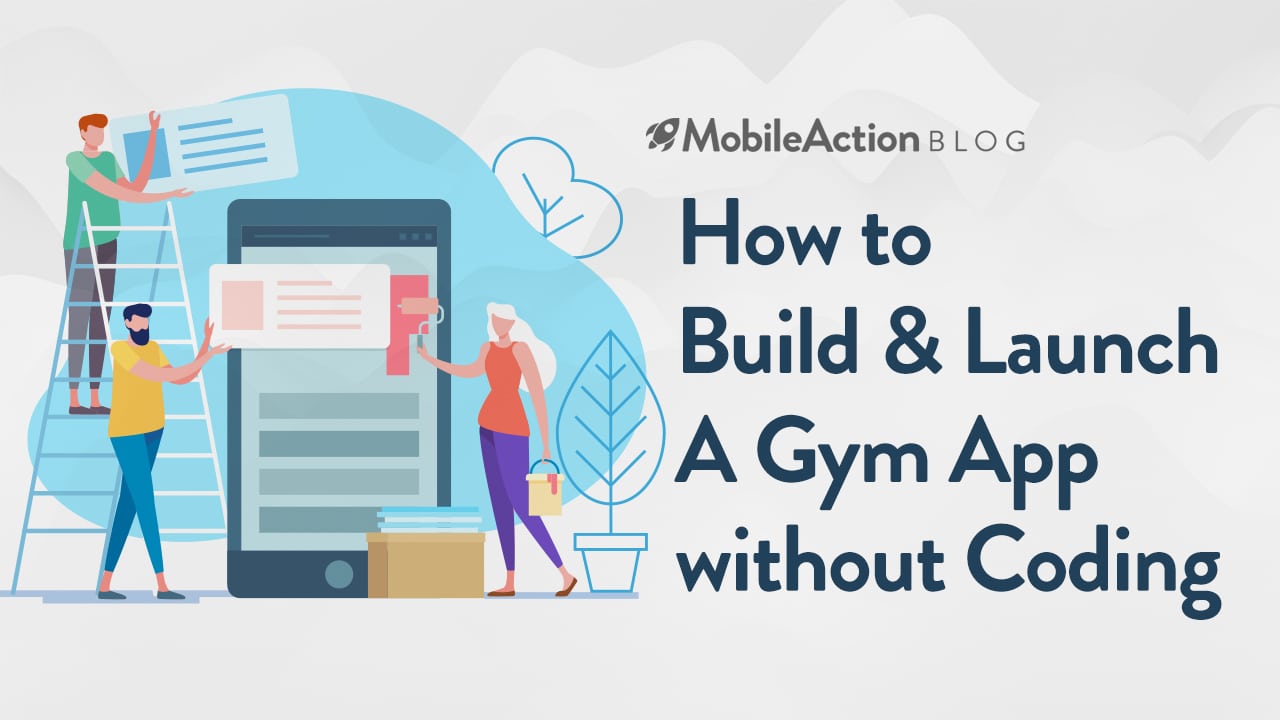

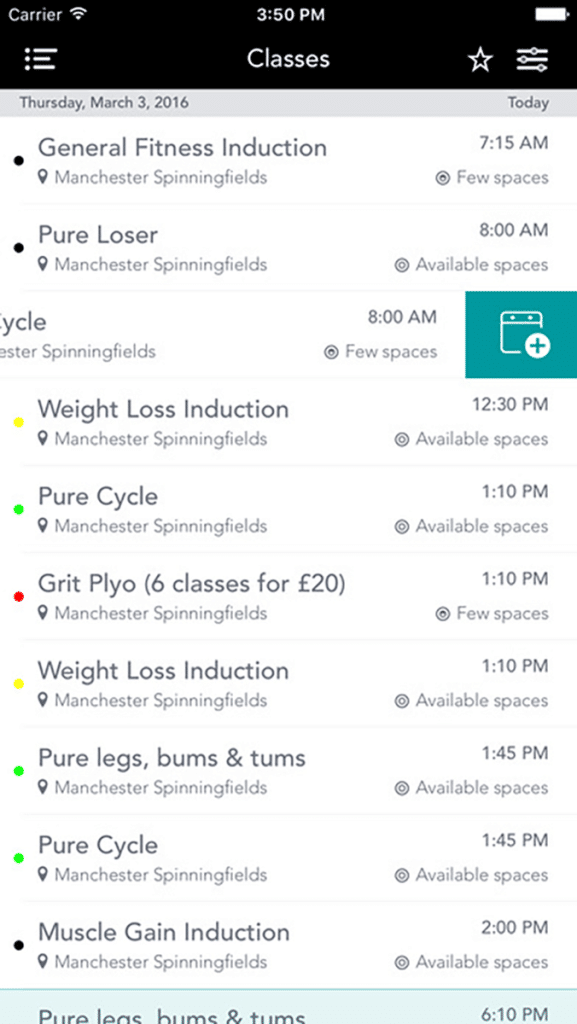
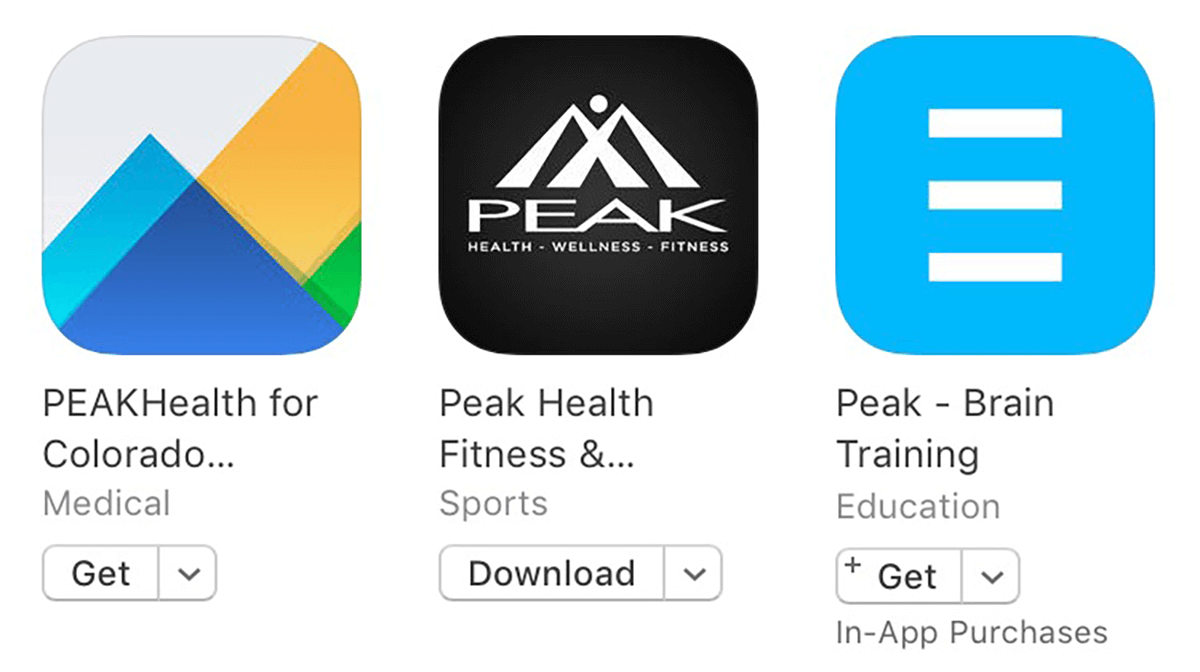
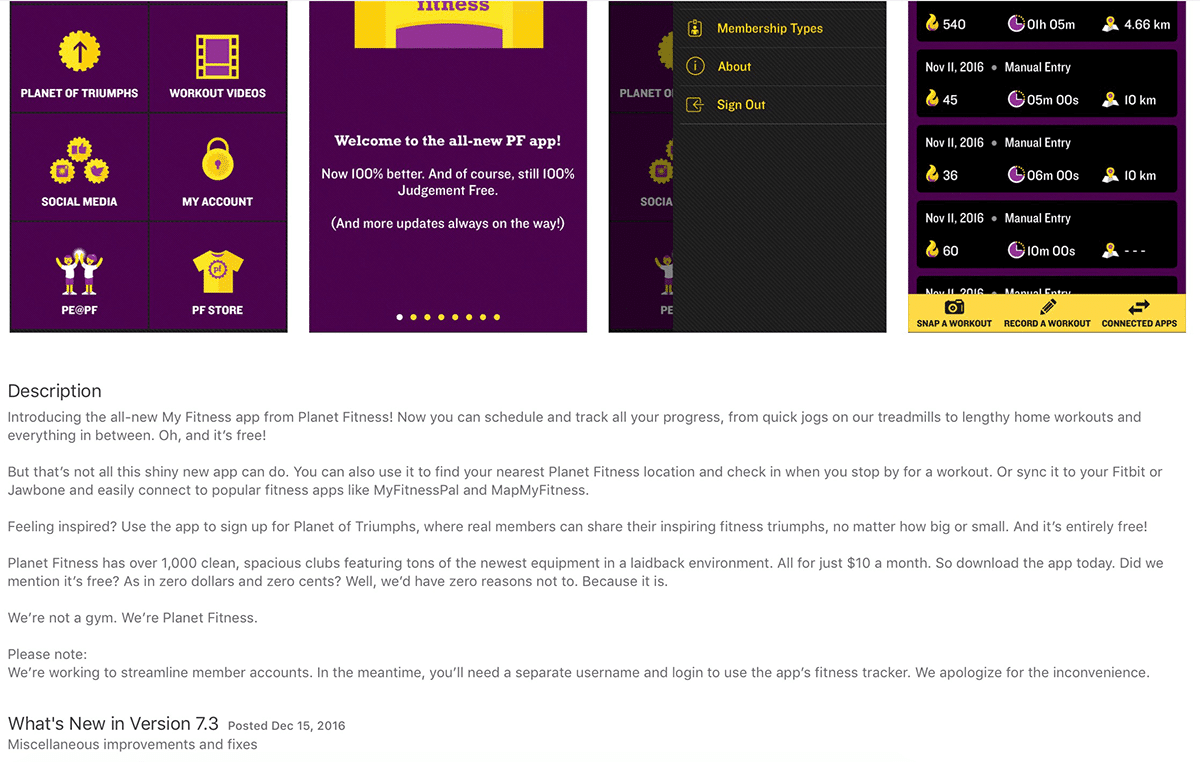
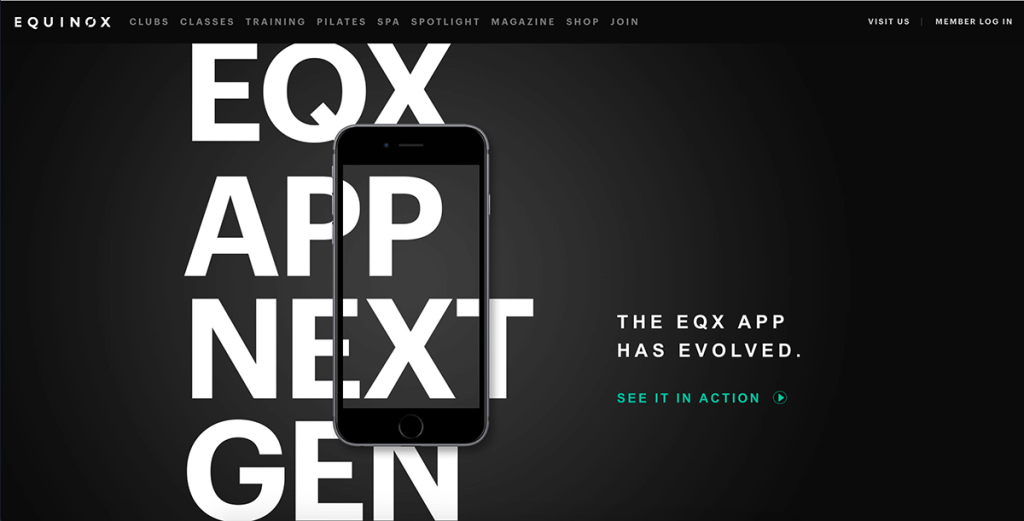
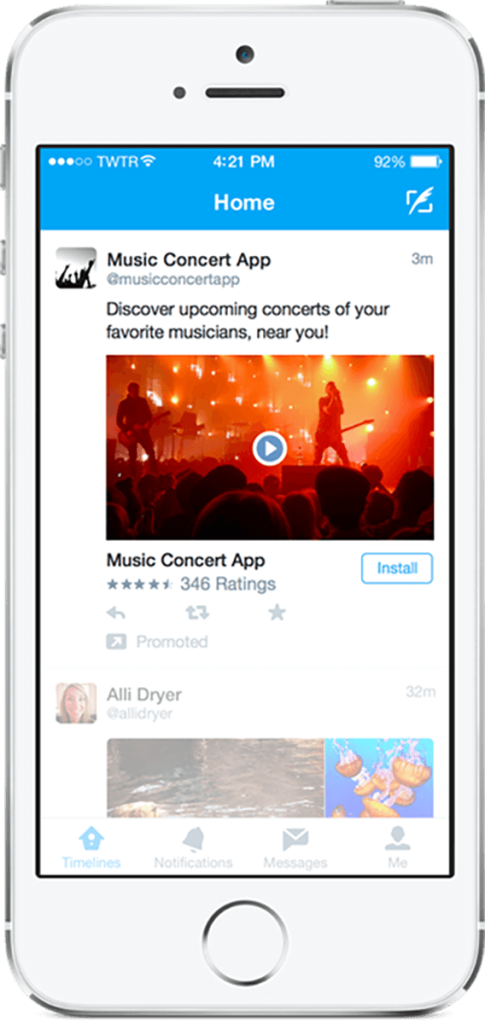
 About the Author
About the Author
